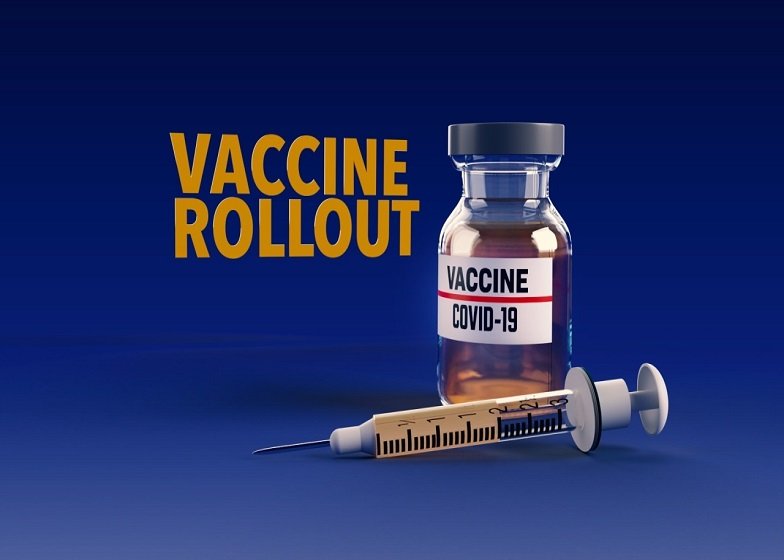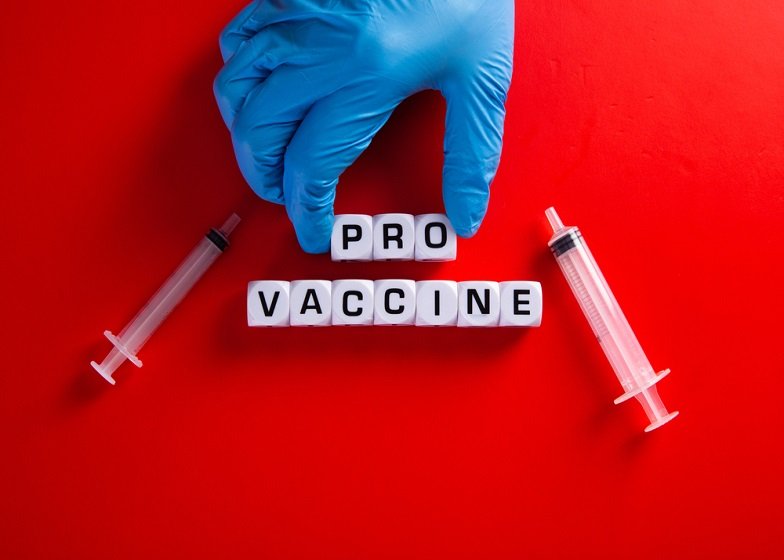Immunity: Protection from an infectious disease. If you are immune to a disease, you can be exposed to it without becoming infected.
Vaccine: A preparation that is used to stimulate the body’s immune response against diseases. Vaccines are usually administered through needle injections, but some can be administered by mouth or sprayed into the nose.
Vaccination: The act of introducing a vaccine into the body to produce protection from a specific disease.
Immunization: A process by which a person becomes protected against a disease through vaccination. This term is often used interchangeably with vaccination or inoculation.
Vaccines train your immune system to create antibodies, just as it does when it’s exposed to a disease. However, because vaccines contain only killed or weakened forms of germs like viruses or bacteria, they do not cause the disease or put you at risk of its complications.
Vaccines protect against many different diseases, including:
|
|
Some other vaccines are currently being piloted, including those that protect against Ebola or malaria, but are not yet widely available globally.
Not all these vaccinations may be needed in your country. Some may only be given prior to travel, in areas of risk, or to people in high-risk occupations. Talk to your healthcare worker to find out what vaccinations are needed for you and your family.
Vaccine Types
There are several different types of vaccines. Each type is designed to teach your immune system how to fight off certain kinds of germs—and the serious diseases they cause.
When scientists create vaccines, they consider:
- How your immune system responds to the germ
- Who needs to be vaccinated against the germ
- The best technology or approach to create the vaccine
Based on a number of these factors, scientists decide which type of vaccine they will make. There are several types of vaccines, including:
- Inactivated vaccines
- Live-attenuated vaccines
- Messenger RNA (mRNA) vaccines
- Subunit, recombinant, polysaccharide, and conjugate vaccines
- Toxoid vaccines
- Viral vector vaccines
Inactivated vaccines
Inactivated vaccines use the killed version of the germ that causes a disease.
Inactivated vaccines usually don’t provide immunity (protection) that’s as strong as live vaccines. So you may need several doses over time (booster shots) in order to get ongoing immunity against diseases.
Inactivated vaccines are used to protect against:
- Hepatitis A
- Flu (shot only)
- Polio (shot only)
- Rabies
Live-attenuated vaccines
Live vaccines use a weakened (or attenuated) form of the germ that causes a disease
Live vaccines are used to protect against:
- Measles, mumps, rubella (MMR combined vaccine)
- Rotavirus
- Smallpox
- Chickenpox
- Yellow fever
Messenger RNA vaccines—also called mRNA vaccines
Researchers have been studying and working with mRNA vaccines for decades and this technology was used to make some of the COVID-19 vaccines.
mRNA vaccines are used to protect against:
- COVID-19
Subunit, recombinant, polysaccharide, and conjugate vaccines
Subunit, recombinant, polysaccharide, and conjugate vaccines use specific pieces of the germ—like its protein, sugar, or capsid (a casing around the germ).
One limitation of these vaccines is that you may need booster shots to get ongoing protection against diseases.
These vaccines are used to protect against:
- Hib (Haemophilus influenzae type b) disease
- Hepatitis B
- HPV (Human papillomavirus)
- Whooping cough
- Pneumococcal disease
- Meningococcal disease
- Shingles
Toxoid vaccines
Toxoid vaccines use a toxin (harmful product) made by the germ that causes a disease. They create immunity to the parts of the germ that cause a disease instead of the germ itself. That means the immune response is targeted to the toxin instead of the whole germ.
Like some other types of vaccines, you may need booster shots to get ongoing protection against diseases.
Toxoid vaccines are used to protect against:
- Diphtheria
- Tetanus
Viral vector vaccines
For decades, scientists studied viral vector vaccines. Some vaccines recently used for Ebola outbreaks have used viral vector technology, and a number of studies have focused on viral vector vaccines against other infectious diseases such as Zika, flu, and HIV. Scientists used this technology to make COVID-19 vaccines as well.
Viral vector vaccines use a modified version of a different virus as a vector to deliver protection. Several different viruses have been used as vectors, including influenza, vesicular stomatitis virus (VSV), measles virus, and adenovirus, which causes the common cold. Adenovirus is one of the viral vectors used in some COVID-19 vaccines being studied in clinical trials. Viral vector vaccines are used to protect against:
Read More : Human Vaccine
Web Site : Jyotilifecar


